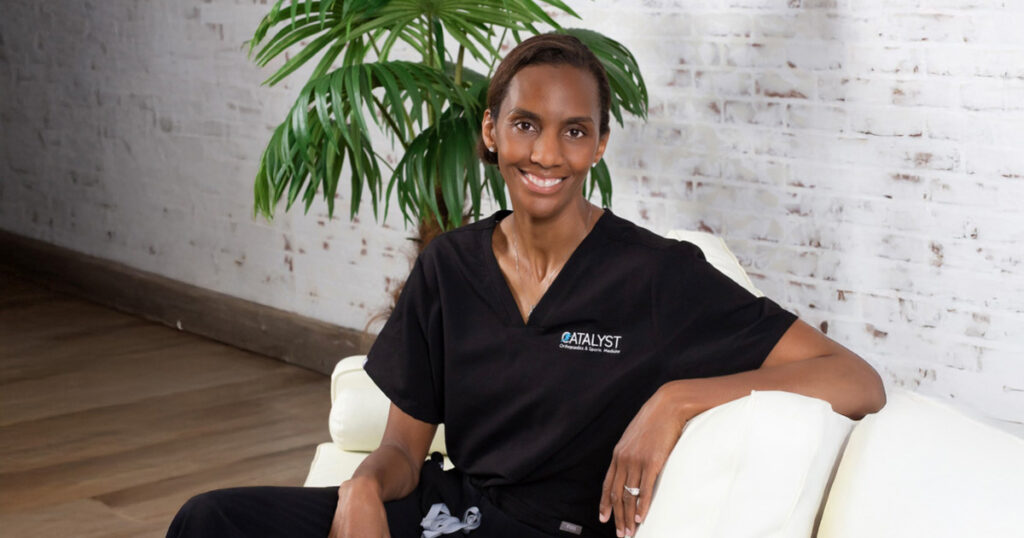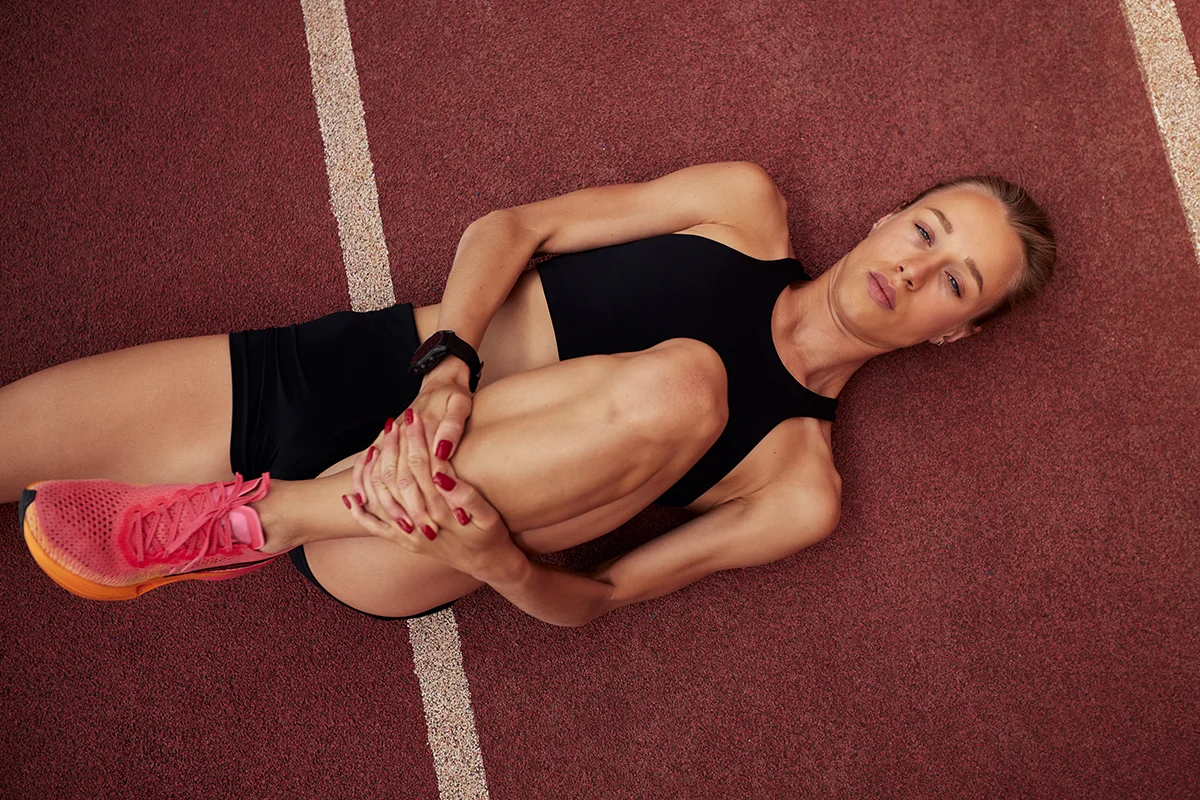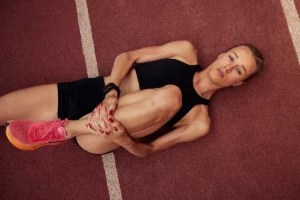Movement is part of life in Idaho. Maybe you run the Greenbelt, ski at Bogus Basin, or spend weekends chasing kids on the sidelines. When pain, swelling, or a sudden injury interrupts that rhythm, you want answers that make sense and a plan that fits your life. Dr. Tracye Lawyer is a fellowship-trained orthopaedic sports medicine surgeon in Boise and a partner at Catalyst Orthopaedics and Sports Medicine. She helps athletes and active people get back to the activities they love, safely and confidently.
What “orthopaedics and sports medicine” means here
Orthopaedics focuses on bones, joints, ligaments, tendons, and muscles. Sports medicine looks at how activity stresses those tissues and how we return you to movement without setting you back. You don’t have to be a professional athlete. If you like to stay active, you’re in the right place.
In practice, that means careful diagnosis, a clear explanation in plain language, and a treatment plan that starts with the simplest option that can work. If surgery becomes the smart choice, it’s planned around your goals and your timeline, not the other way around.
A quick story from clinic
A high-school midfielder planted to change direction and felt a pop. Her knee swelled that evening. She could walk but couldn’t cut or accelerate. Exam and MRI pointed to an ACL tear with a small meniscus injury. She wants to play at the next level, so we mapped a plan: ACL reconstruction, repair the meniscus, and a stepwise rehab that makes room for school, strength work, and family life. Everyone knew the target from the start. Not next month. Next season. Clarity lowers stress and keeps progress moving.
Conditions Dr. Lawyer treats often
Knee problems are common in cutting and pivoting sports. That includes ACL and MCL injuries, meniscus tears, patellar instability, and arthritis that limits everyday activity.
Shoulder issues show up in overhead work and contact sports. Rotator cuff problems can involve any of the four tendons (supraspinatus, infraspinatus, subscapularis, teres minor). We also see labral tears, impingement, and instability after a dislocation.
Hip and groin pain may come from femoroacetabular impingement (FAI) or a labral tear. Field and court athletes often strain the adductors or hip flexors.
Foot and ankle trouble ranges from ankle sprains that never quite settle, to Achilles tendon irritation or rupture, plantar fasciitis, and stress fractures from training load that outpaced recovery.
Concussions require a different kind of attention. We guide return-to-learn and return-to-play so symptoms settle and stay settled.
If you’re unsure whether something needs care, use this simple rule of thumb: if pain, swelling, or instability lingers beyond a week or keeps you from doing normal activities, it’s time to be seen.
How care is decided
We start conservative when it’s reasonable. Physical therapy, activity tweaks, bracing, and targeted injections can calm pain and restore function for many people. When surgery is the better answer, we use minimally invasive techniques whenever possible. That includes arthroscopy for many shoulder, hip, and knee conditions, ligament reconstruction such as ACL surgery, and cartilage restoration. When cartilage needs to be rebuilt, we may consider osteochondral allograft (OCA) if it matches your case.
You may hear about “biologics” in the community. If high-quality evidence supports a treatment, we’ll talk through it. If the evidence is thin, we’ll explain why and offer better-proven options.
What recovery usually looks like
Timeframes are ranges, not promises, and your sport or job can change the plan. Here are typical guides patients ask about:
- ACL reconstruction: many athletes return to cutting and pivoting sports in 9 to 12 months.
- Meniscus repair: often 4 to 6 months; meniscal transplant: closer to 9 to 12 months.
- Rotator cuff repair: usually 6 to 12 months, influenced by tear size, tendon quality, and rehab consistency.
- Concussion: many improve over weeks. Some need longer. We follow symptoms and adjust steps so recovery holds.
Rehabilitation is the engine of recovery. A steady, thoughtful progression beats rushing every time.
See all Orthopaedics and Sports Medicine Services.

Why patients choose Dr. Lawyer
“I’m a former Stanford track and field athlete. I understand what it’s like to push, to want to return quickly, and to worry you’ll lose your place. That perspective shapes how I plan care with you.”
Patients value that mix of lived athletic experience, fellowship training, and a practical, honest approach. Dr. Lawyer treats complex injuries and everyday aches with the same attention to detail. She listens, sets realistic expectations, and coordinates closely with the Catalyst team so imaging, procedures, and therapy are aligned.
Prevention keeps you moving
A good warm-up primes muscles and joints. Alternating hard and easy days helps the body adapt. Screening can spot motion or strength gaps before they turn into injuries. Parents, coaches, and athletes who work these basics into their routines tend to have fewer setbacks and quicker comebacks.
Learn more and go deeper
If you’d like the long, comprehensive guide that explains how orthopaedics and sports medicine work together, read the full article on our partner site, Catalyst Orthopaedics and Sports Medicine: Orthopaedics and Sports Medicine: Complete Guide
Next steps
- Want to know more about Dr. Lawyer’s background and training? Visit the About page.
- Ready to talk through your injury or a nagging issue that won’t settle? Schedule an appointment.
Micro-summary
Orthopaedics and sports medicine help Idaho’s athletes and active families recover, prevent injury, and keep moving. In Boise, Dr. Tracye Lawyer provides clear diagnosis, evidence-based options, and a plan that fits your goals, with full access to the resources of Catalyst Orthopaedics.
FAQs for Orthopaedics and Sports Medicine with Dr. Tracye Lawyer
1) Do I need to be an athlete to see a sports medicine specialist?
No. If you’re active or want to stay active, sports medicine is for you. The goal is safe movement that fits your life.
2) How do you decide between therapy and surgery?
We start with the simplest plan that can work. If recovery stalls or the injury clearly needs repair, we talk through surgical options and map a timeline together.
3) How long until I’m back to sport after ACL surgery?
Most athletes return to cutting and pivoting sports in 9 to 12 months. Your milestones are set early so you know what to expect.
4) Do biologic injections help?
Some do in specific cases. If strong evidence supports a treatment, I’ll explain when it fits. If not, we’ll choose better-proven options.
5) When should I book an appointment?
If pain, swelling, or instability lasts more than a week or limits normal activity, it’s time to be seen.
6) What can I do to prevent future injuries?
A proper warm-up, alternating hard and easy days, and simple screening for strength or motion gaps help you stay ahead of problems.
Medical disclaimer: This page is general education, not a diagnosis. Please book an appointment for personal medical advice.

